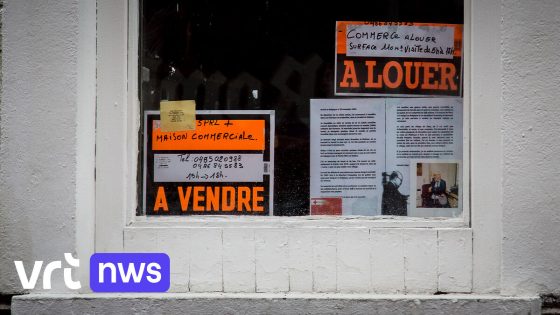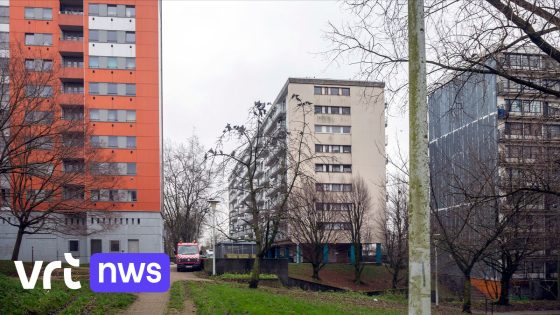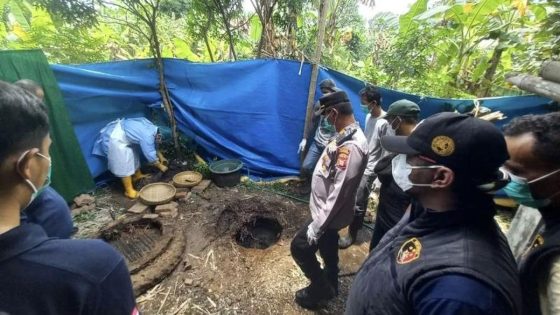On February 7, 2025, Katrien Kempe, a prominent figure in Belgium‘s real estate sector, highlighted how crime rates in areas like Anderlecht and Molenbeek are affecting property values. With lower prices compared to the rest of Brussels, many wonder: what can be done to reverse this trend?
- Katrien Kempe represents real estate developers' association.
- Property prices in west Brussels are lower.
- Crime correlates with certain neighborhoods' decline.
- Population decline risks neighborhood abandonment.
- Vacancy leads to property devaluation and deterioration.
In her interview on Radio 1’s De Wereld Vandaag, she pointed out that rising crime could lead to neighborhood decline. If residents continue to leave, could we see entire communities become ghost towns?
The Impact of Crime on Property Values in Brussels Neighborhoods
How does crime influence real estate markets? In Brussels, neighborhoods like Anderlecht and Molenbeek show a clear link between rising criminal activity and declining property prices. This situation raises concerns for both investors and residents alike.
The Need for Government Action in Declining Areas
Kempe emphasizes that without timely intervention from authorities, neighborhoods risk becoming uninhabitable. The consequences extend beyond just falling prices; they threaten community stability.
Understanding the Link Between Crime and Real Estate Prices
The relationship between crime rates and property values is complex yet critical. Here are some key points:
- Certain neighborhoods experience direct drops in housing demand due to safety concerns.
- A rise in vacancy rates leads to decreased property values across the board.
- Long-term neglect can result in urban decay and increased costs for local governments.
- A proactive approach is essential to restore confidence among buyers and residents.
The Future of Property Investment Amidst Rising Crime Rates
Investors must consider various factors when evaluating properties in high-crime areas. Safety perceptions can significantly impact investment decisions. What strategies can be employed to mitigate these risks? Understanding local dynamics is crucial for making informed choices.
Community Engagement as a Solution
Local initiatives aimed at reducing crime may help stabilize property markets. Community policing efforts or neighborhood watch programs could foster safer environments. Could engaged citizens play a vital role in revitalizing their own neighborhoods?
This situation serves as a reminder of how interconnected community health and real estate markets truly are. As we watch developments unfold, one thing remains clear: action is needed now more than ever.
































